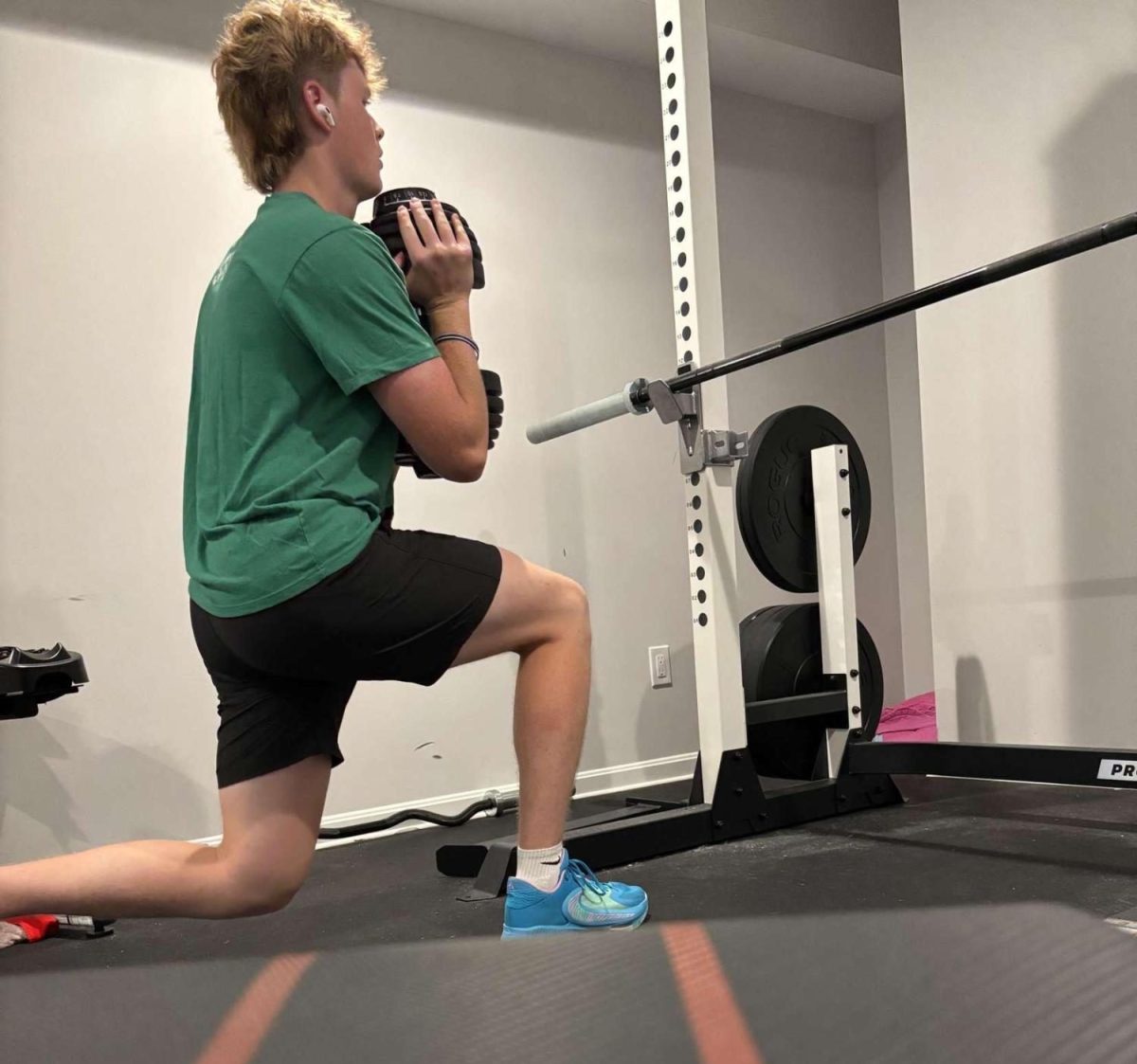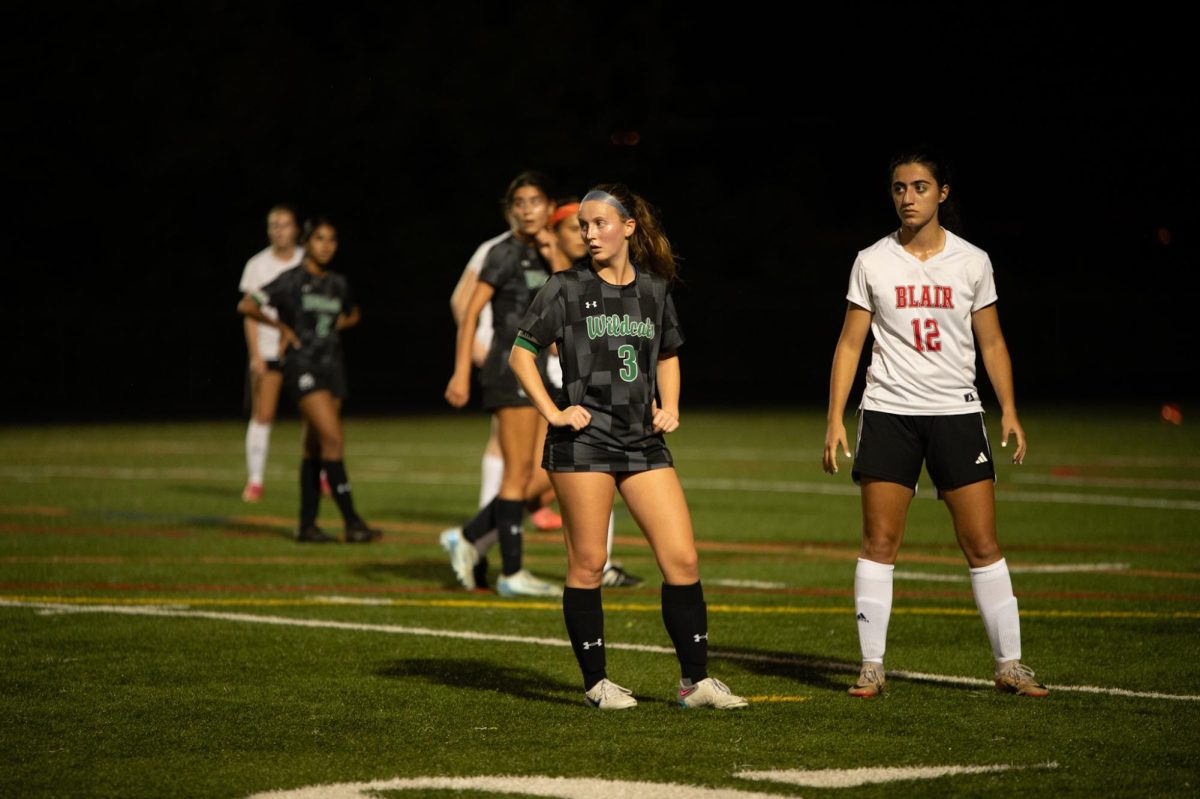On International Women’s Day, The U.S. Women’s Soccer team filed a gender discrimination lawsuit against the U.S. Soccer Federation. Their salaries are lower than the U.S. Men’s Soccer players, and they will no longer stand for it.
While this is a huge step in the team’s fight against gender inequality, it is certainly not their first. In 2016, four of the plaintiffs in this current case, Alex Morgan, Carli Lloyd, Megan Rapinoe and Becky Sauerbrunn, filed a charge of discrimination with the Equal Employment Opportunity Commission, on behalf of themselves and players who were in similar situations. No significant progress has been made since this case, until the Equal Employment Opportunity Commission (EEOC) gave these women the right to use.
WJ senior Ally Holden, who played for WJ girls’ soccer team, agrees that this wage disparity is a huge issue and needs to resolved.
“I think that it’s really unfair that the women’s team is being paid less and is being treated differently for doing the exact same thing as the men’s team, not to mention how much better they are than the men’s team,” Holden said.
The U.S. Women’s National Team has consistently been more successful than the men’s team, which is another reason why they should have equal pay. According to Money.com, each team in the National Women’s Soccer League has a salary cap of just $265,000—compared to more than $3 million for men. The women’s team has won the World Cup three times and are four-time Olympic champions. The men’s team has not won either tournament and failed to qualify for the 2018 World Cup.
Gender inequality in sports has not affected Holden much at WJ, but she has noticed that more people attend boys’ soccer games than the girls’ games.
“Like when we went to states, the boys team played before us and half of the crowd left before our game even started,” Holden said. “But attendance is really the only difference for me. We get the same quality fields, jerseys, equipment and stuff like that.”
Additionally, the profits each team generates plays a role a large role in this issue. While men’s soccer is typically viewed as more popular and has had higher attendance, this is false according to future projections.
“Expecting another Olympic gold medal, and another victory tour, the federation has forecast a profit of more than $5 million for the women’s team in the next fiscal year (on $17.5 million in revenue). U.S. Soccer figures [the men’s team] will lose about $1 million this year (on only $9 million in revenue),” according to the New York Times.
WJ senior Ellie Flynn, an officer of WJ’s feminism club, believes the inequality arises from the way people view women’s soccer, and women’s sports as a whole.
“It’s promoted less or seen as less serious, and they obviously get paid less. It’s just not fair,” Flynn said.









